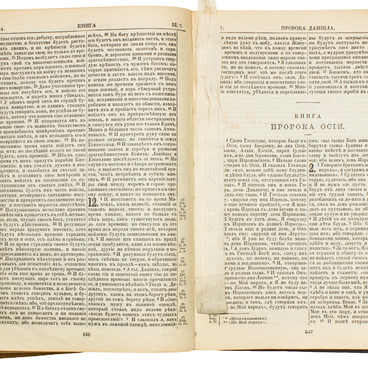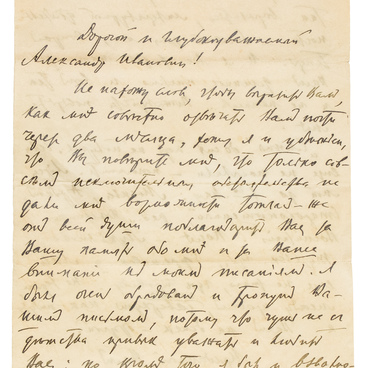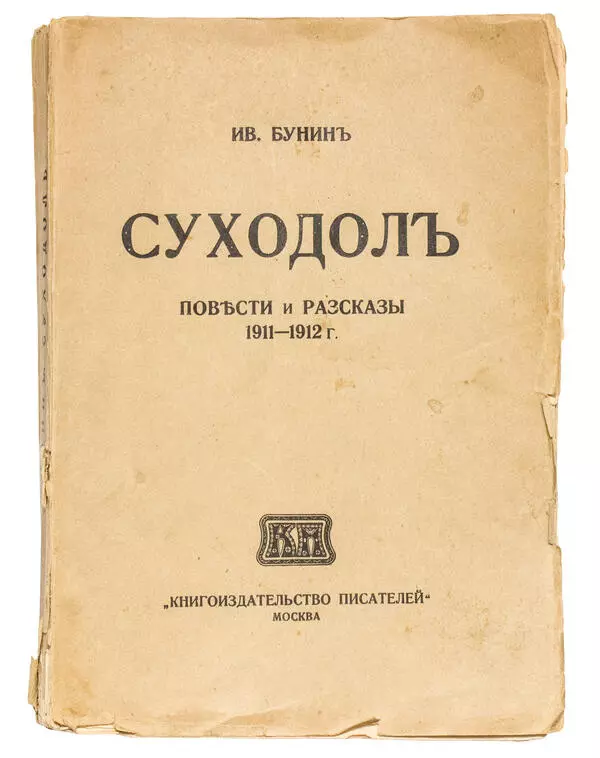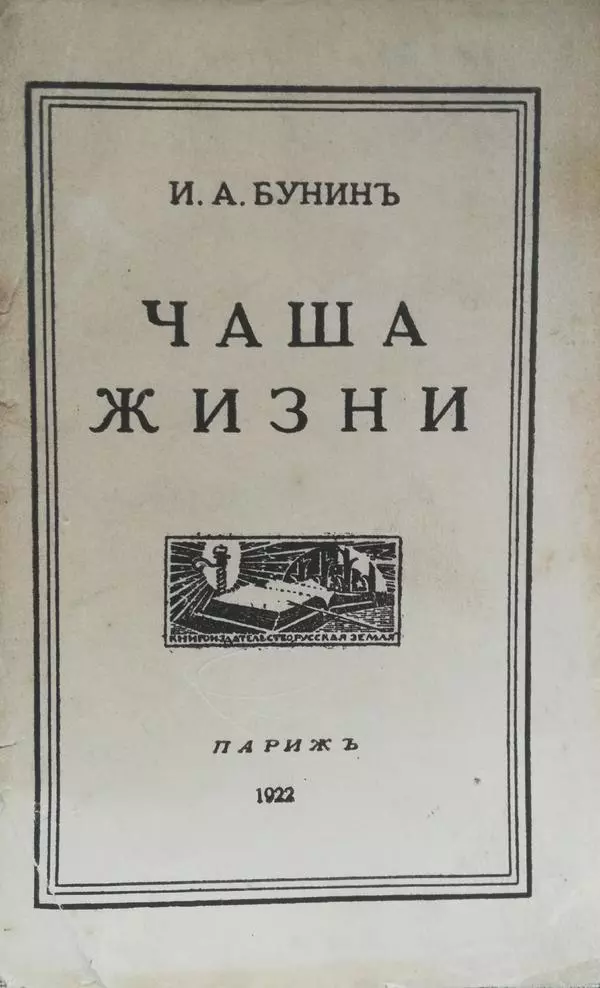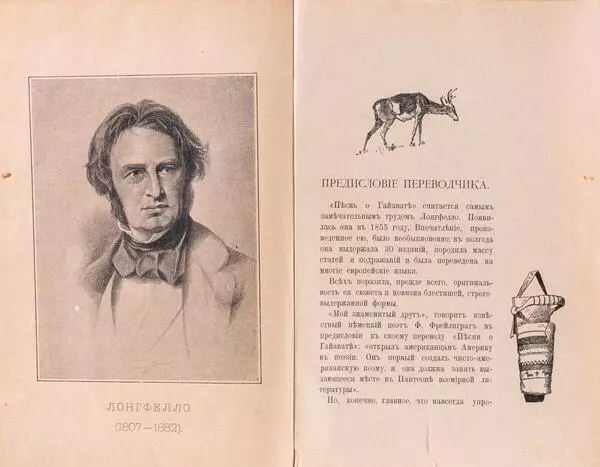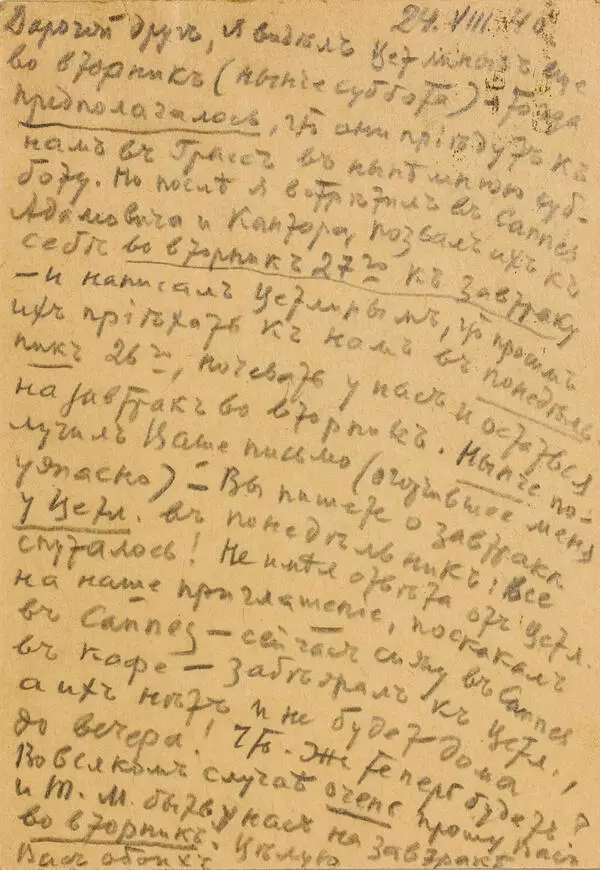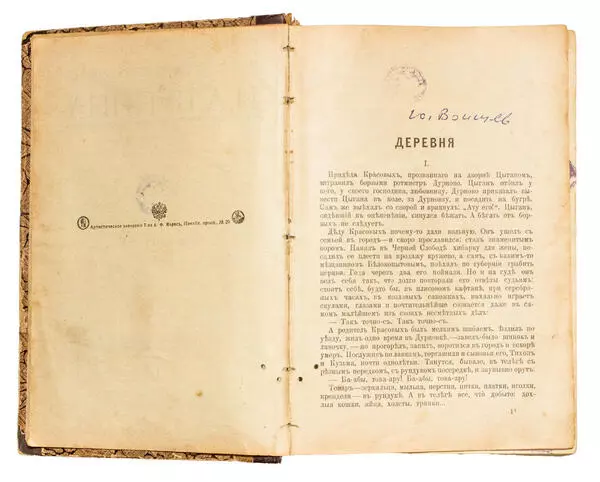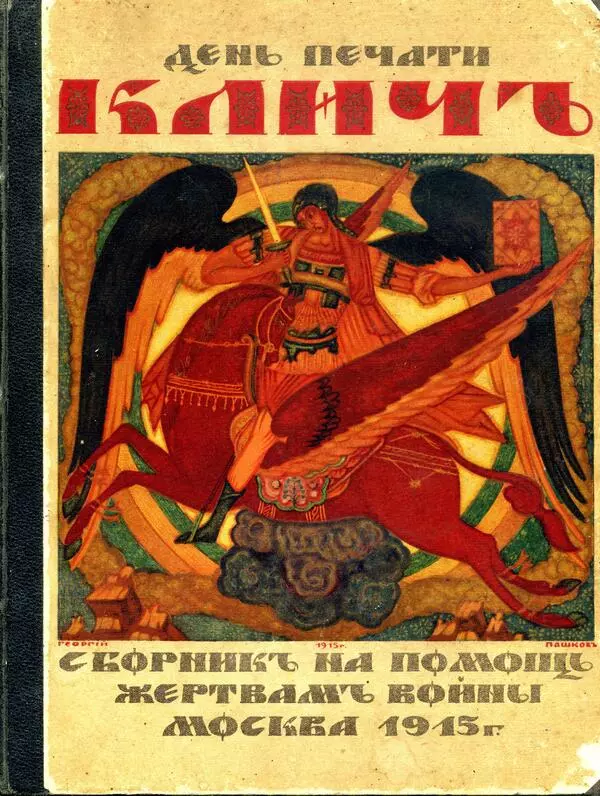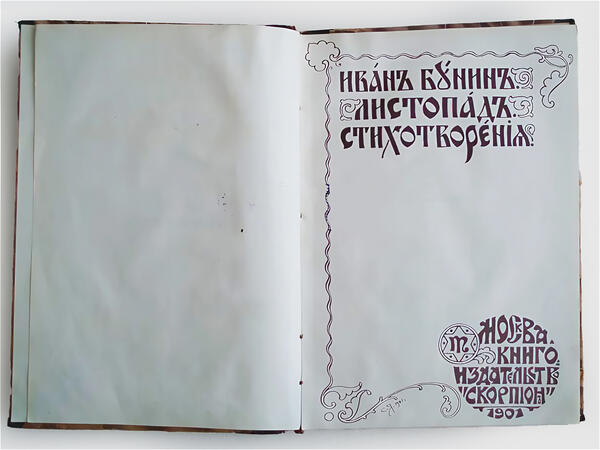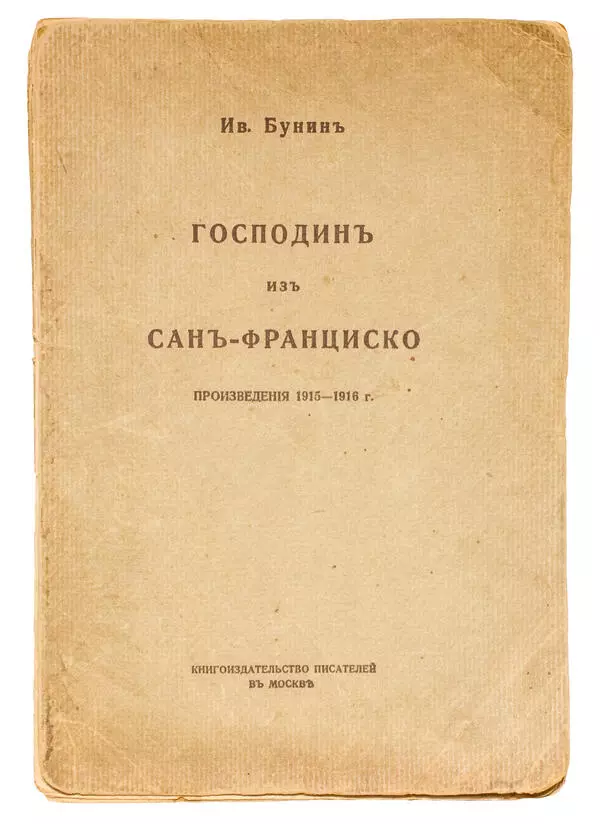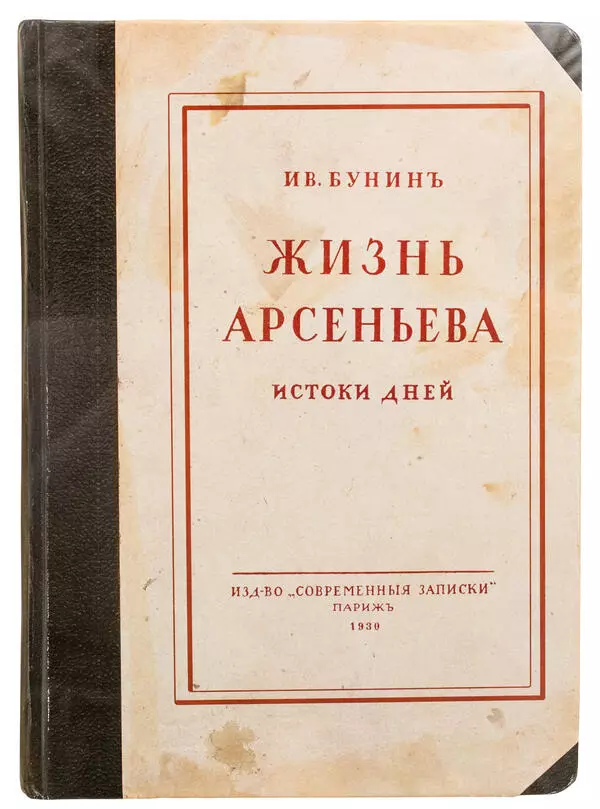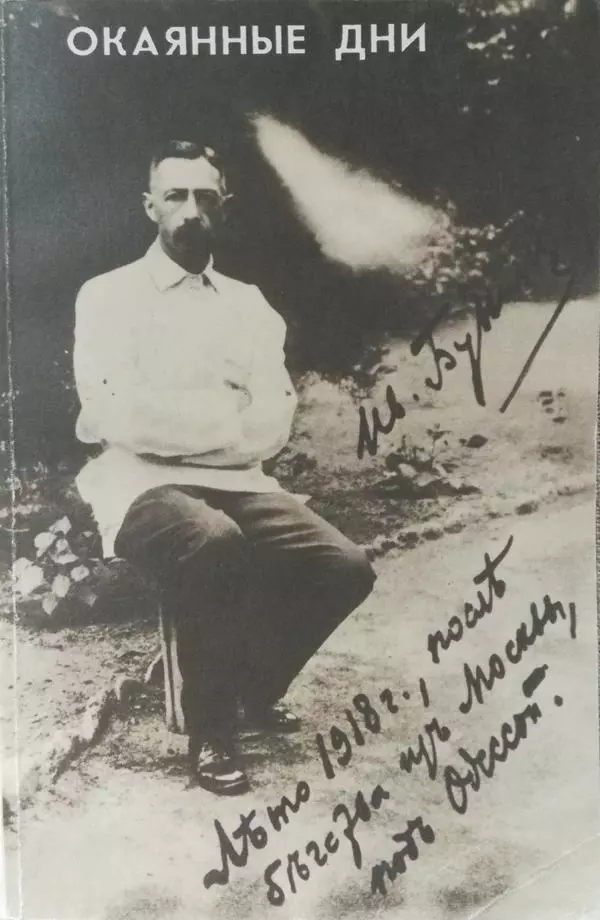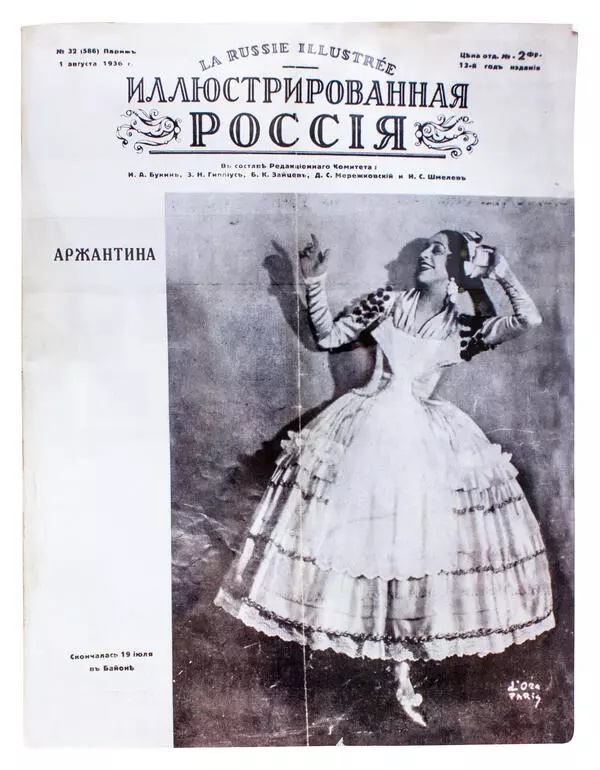Famous photographer Karl Fischer took this photo of Ivan Bunin. He photographed the writer in the early 1900s, when Ivan Bunin’s talents were already appreciated by his contemporaries. His poems and short stories were published in literary magazines and printed as separate editions.
In the 1900s, Bunin met many prominent cultural figures. He became friends with many of them, for instance, writers Maxim Gorky, Alexander Kuprin, Leonid Andreev, composer Sergei Rachmaninoff, singer Feodor Chaliapin. Bunin was an active member of the literary group “Sreda” (“Wednesday”), and also became one of the authors who collaborated with the publishing house “Znanie” (“Knowledge”).
Postcards with Bunin’s photos, made by Karl Fischer, the owner of one of the largest photo studios in Moscow ‘K. Fischer, formerly Dyagovchenko’ prove Ivan Bunin’s popularity.
Since the mid-1890s, the photographer issued cards with printed pictures of outstanding Russian masters. Those included writers Anton Chekhov, Leo Tolstoy and Leonid Andreev, artists Ilya Repin and Vasily Surikov, composers Pyotr Tchaikovsky and Sergei Rachmaninoff, artists Maria Yermolova and Ivan Moskvin. Ivan Bunin had many photoshoots in Fischer’s photo studio; sometimes he came alone, but often with his wife Vera Muromtseva-Bunina.
Karl Fischer started his career as a photographer in 1878 in Orenburg. At first, he owned workshops in Samara and Orenburg, and by 1889, he became the successor of the ‘Court Photography of I. Dyagovchenko’. Until 1895, the word ‘successor’ was written on the sign of the photo studio, and then it was renamed as ‘K.A. Fischer, formerly Dyagovchenko photo studio’. This probably happened because Fischer bought the atelier from his widow.
Since 1892, the master worked as a photographer at imperial theaters. In the same year, his atelier provided services in photolithography, zincography and artistic phototyping. Fischer was in his heyday for the next 20 years. In 1894, the Russian Photographic Society (RFO) was established in Moscow, and Fischer became one of its founders, and later — its chairman. In January 1912, the Russian Photographic Society awarded the master a gold medal — the highest award of the society.
In the 1900s, Bunin met many prominent cultural figures. He became friends with many of them, for instance, writers Maxim Gorky, Alexander Kuprin, Leonid Andreev, composer Sergei Rachmaninoff, singer Feodor Chaliapin. Bunin was an active member of the literary group “Sreda” (“Wednesday”), and also became one of the authors who collaborated with the publishing house “Znanie” (“Knowledge”).
Postcards with Bunin’s photos, made by Karl Fischer, the owner of one of the largest photo studios in Moscow ‘K. Fischer, formerly Dyagovchenko’ prove Ivan Bunin’s popularity.
Since the mid-1890s, the photographer issued cards with printed pictures of outstanding Russian masters. Those included writers Anton Chekhov, Leo Tolstoy and Leonid Andreev, artists Ilya Repin and Vasily Surikov, composers Pyotr Tchaikovsky and Sergei Rachmaninoff, artists Maria Yermolova and Ivan Moskvin. Ivan Bunin had many photoshoots in Fischer’s photo studio; sometimes he came alone, but often with his wife Vera Muromtseva-Bunina.
Karl Fischer started his career as a photographer in 1878 in Orenburg. At first, he owned workshops in Samara and Orenburg, and by 1889, he became the successor of the ‘Court Photography of I. Dyagovchenko’. Until 1895, the word ‘successor’ was written on the sign of the photo studio, and then it was renamed as ‘K.A. Fischer, formerly Dyagovchenko photo studio’. This probably happened because Fischer bought the atelier from his widow.
Since 1892, the master worked as a photographer at imperial theaters. In the same year, his atelier provided services in photolithography, zincography and artistic phototyping. Fischer was in his heyday for the next 20 years. In 1894, the Russian Photographic Society (RFO) was established in Moscow, and Fischer became one of its founders, and later — its chairman. In January 1912, the Russian Photographic Society awarded the master a gold medal — the highest award of the society.

